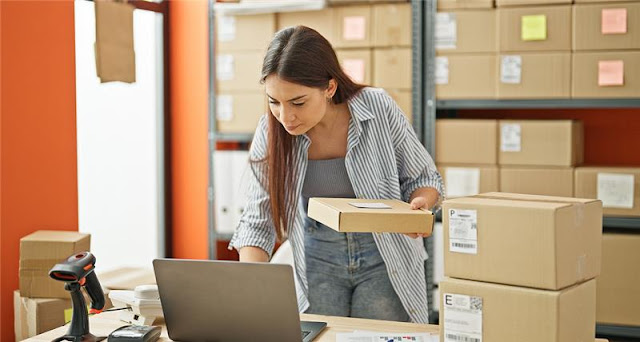From Disconnected to Connected: How Unified Retail Improves Efficiency
Today’s retail world moves fast—and customers expect even faster. They browse online, buy in-store, return elsewhere, and expect their experience to be consistent at every step.
For retailers, this means more than just being present across channels. It means connecting those channels—and the systems behind them—to operate as one. That’s where connected retail comes in.
Let’s explore how integrated technology is helping retailers simplify operations, reduce friction, and serve customers better.
Why Connected Retail Matters Now
Retailers everywhere—large and small—are adopting connected systems to stay competitive. According to market forecasts, the global connected retail market could grow to over $200 trillion by 2030, as businesses invest in solutions that bring physical and digital commerce together.
But beyond the buzzwords, what does connected retail really do for your day-to-day operations?
Here are five clear ways it improves efficiency:
1. Blending Online and In-Store Journeys
Modern shoppers move between channels naturally. They might:
- Browse online and pick up in-store
- Buy in-store but have items delivered later
- Return an online order in-store and buy something new on the spot
- Get a mobile offer while standing in the aisle
Connected retail technology supports these real-world scenarios by syncing product availability, purchase history, and loyalty across all touchpoints. The result? Fewer missed sales, better customer experiences, and a more streamlined operation behind the scenes.
2. Strengthening Customer Loyalty
Retailers with strong cross-channel engagement keep nearly 9 out of 10 customers, compared to just 1 in 3 for those without it.
Why? Because consistency builds trust.
When customers get the same experience—offers, service, product info—whether online or in-store, they’re more likely to come back. Connected systems help you deliver that consistency without extra effort from your teams.
3. Reducing Operational Friction
Disconnected systems create friction—for shoppers and staff. Items go out of stock. Checkout lines grow. Online carts get abandoned.
Connected solutions smooth out those pain points by:
- Syncing payment, inventory, and loyalty data in real time
- Allowing mobile POS software tools to check stock across locations
- Offering a consistent interface across mobile and desktop
This helps store teams act faster, fulfill more orders, and keep customers from walking away—digitally or physically.
4. Automating Everyday Tasks
Manual processes slow retail down. One big example? Inventory management.
Connected platforms tie inventory directly to sales, automatically updating stock levels and triggering reorders when needed. This prevents out-of-stock scenarios, cuts back on manual stock checks, and ensures shelves stay ready without over-ordering.
Automation also helps with pricing updates, employee scheduling, and promotional rollouts—all from a single system.
5. Making Smarter Business Decisions
When data is unified across systems, it becomes actionable. Retailers using connected platforms can:
Forecast demand more accurately
- Adjust staffing based on live traffic
- Personalize offers based on past purchases and location behavior
- This level of insight allows managers and marketing teams to act quickly—reducing waste, boosting conversions, and staying responsive to changing trends.
Looking Ahead: Connected Retail Is Here to Stay
Retail is no longer just about selling in stores or online—it’s about delivering a consistent, convenient experience across all channels. That requires technology that connects the dots across your operations.
Retailers who invest in connected systems today are setting themselves up for better performance, higher customer satisfaction, and long-term growth.

.png)


Comments
Post a Comment